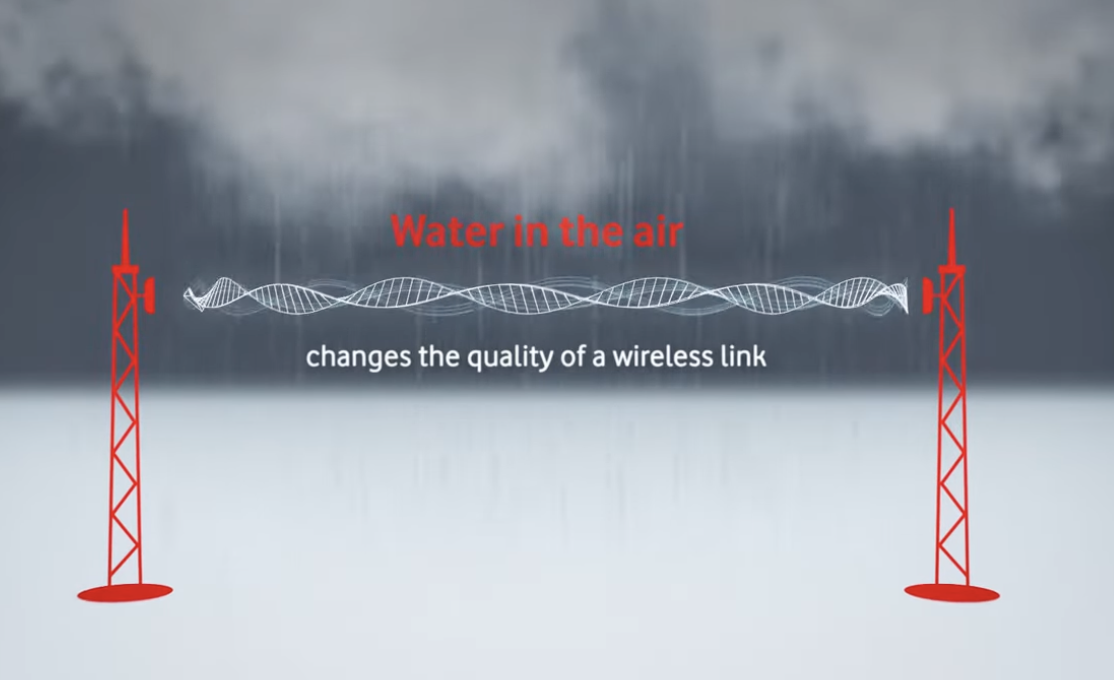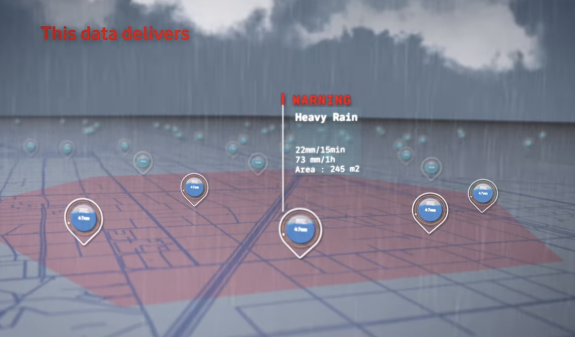Physical Address
304 North Cardinal St.
Dorchester Center, MA 02124
Physical Address
304 North Cardinal St.
Dorchester Center, MA 02124

In what might sound like something from a sci-fi weather app, Vodafone is teaming up with the River Severn Partnership Advanced Wireless Innovation Region (RSPAWIR) and Wireless DNA to use its mobile network to improve short-term rainfall forecasts—also called nowcasting.
And yes, this is real.
Nowcasting is basically forecasting rain in the next few minutes or hours, and it can make a big difference when it comes to flood warnings. The trial is happening across the River Severn catchment area, a region all too familiar with flooding and its damaging impacts. We’re talking hundreds of millions of pounds spent each year to deal with flood damage and protect communities.

So how exactly does a mobile network help with this? Turns out, Vodafone’s network can double up as a giant environmental sensor. When rain is in the air, it messes with the electromagnetic signals that bounce between mobile masts. Those tiny disruptions can be tracked—essentially turning microwave links into virtual rain gauges.
Wireless DNA will be keeping an eye on those signal changes, spotting the ones caused by rainfall and passing that data to the River Severn Partnership. This means better early flood warnings, smarter defences, and hopefully fewer flooded homes and disrupted lives.
The data offers a super detailed, ground-level view that complements traditional radar and weather stations. It’s more accurate and more local—which means more reliable forecasts.
Matt Smith from RSPAWIR explains: “By improving weather forecasting, we can better mitigate against flooding, improve resilience, and protect the health and livelihoods of the communities and businesses in our region.”
So yes, your mobile signal might just help save the day next time the clouds open up over the Severn.